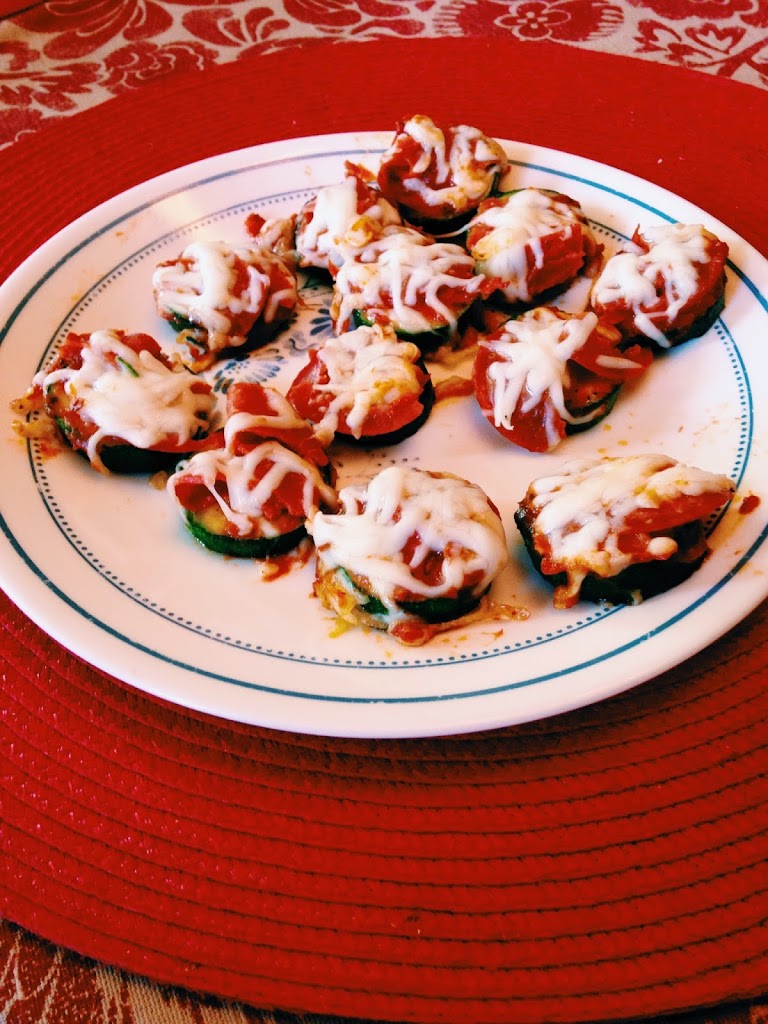Tips To Sustain Healthy Habits
A structural change to your eating habits can be a positive impact on your health. Here are a few tips on changing the way you eat at work and home, where the struggle is daily.
WORK:
- Make sure you get up from your desk frequently.
- Take your breaks.
- Avoid eating at your desk or in your office at all costs. Eating in front of a screen takes away from the pleasure of eating, which means you end up eating more to feel satisfied.
- Pack a healthy lunch and snacks if necessary.
HOME:
- Serve salad and vegetables first with meals.
- Pre-plate meals and serve from the stove or counter as opposed to leaving food on the table.
- Sit at the table, turn the TV off and be present during the meal.
- If drinking sweetened beverages (pop, juice or sports drinks), choose a container that holds fewer than 24 ounces.
- Ensure bulk foods (think chips) are in individual serving bags.
- Put pre-cut fruits and vegetables within easy reach on the middle refrigerator shelf.
- Place a bowl of fruit on the dining room table.
sg


